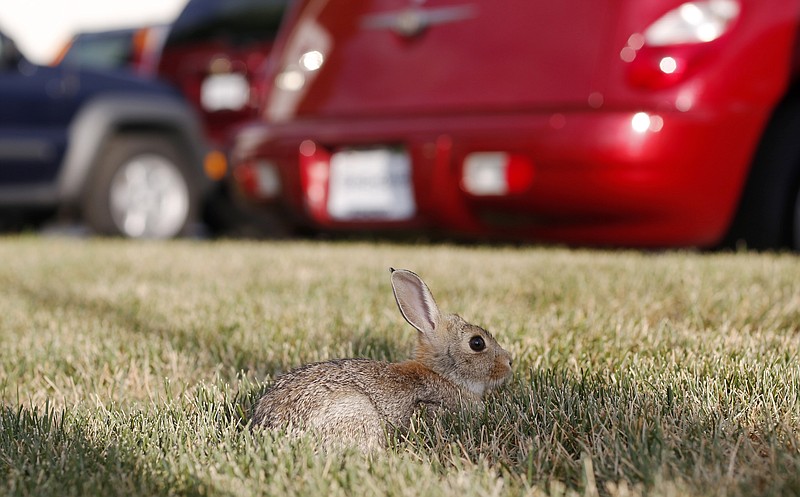DENVER (AP) - Fed by unusually lush vegetation, rabbits have been breeding like rabbits around Colorado, increasing the risk for what is normally a rare bacterial disease in the state. Fifteen people have contracted tularemia (too-lah-'REE-mee-ah), or rabbit fever, so far this year.
The increase has led state and local health officials to urge doctors to keep the disease in mind in diagnosing patients and to warn homeowners to take precautions while mowing the lawn and gardening.
The disease is found across the country, with an average of about 135 cases normally reported each year, much of them in the south-central United States.
State veterinarian Jennifer House says relatively wet conditions over the past two years also seem to be fueling two other diseases carried by rodents - hantavirus and plague.
